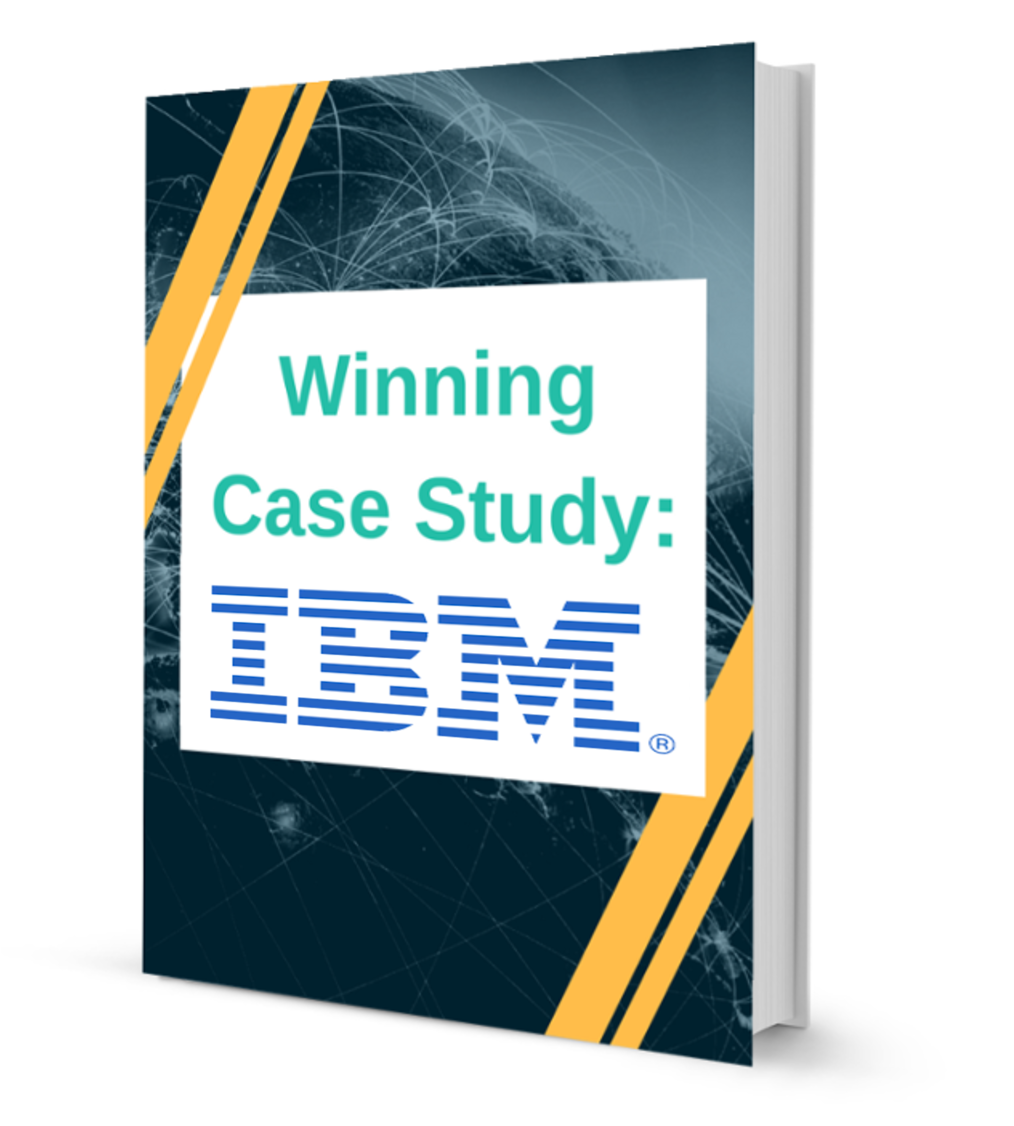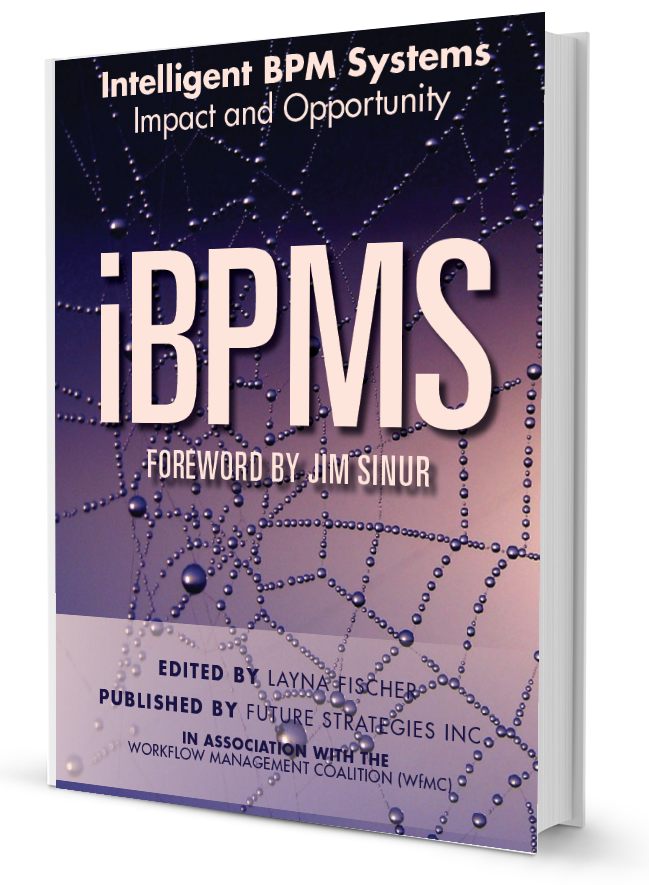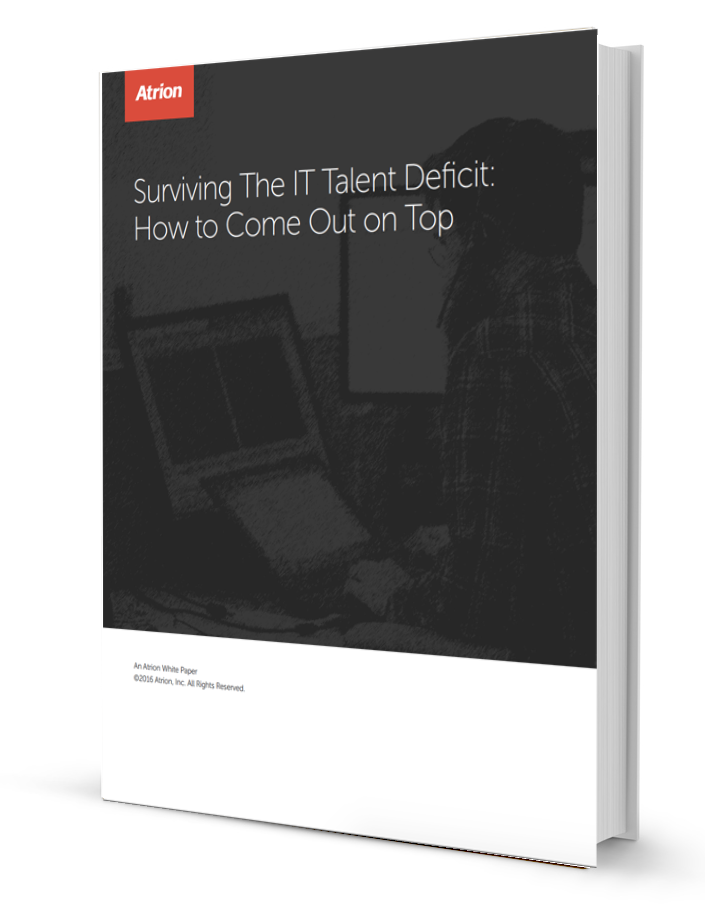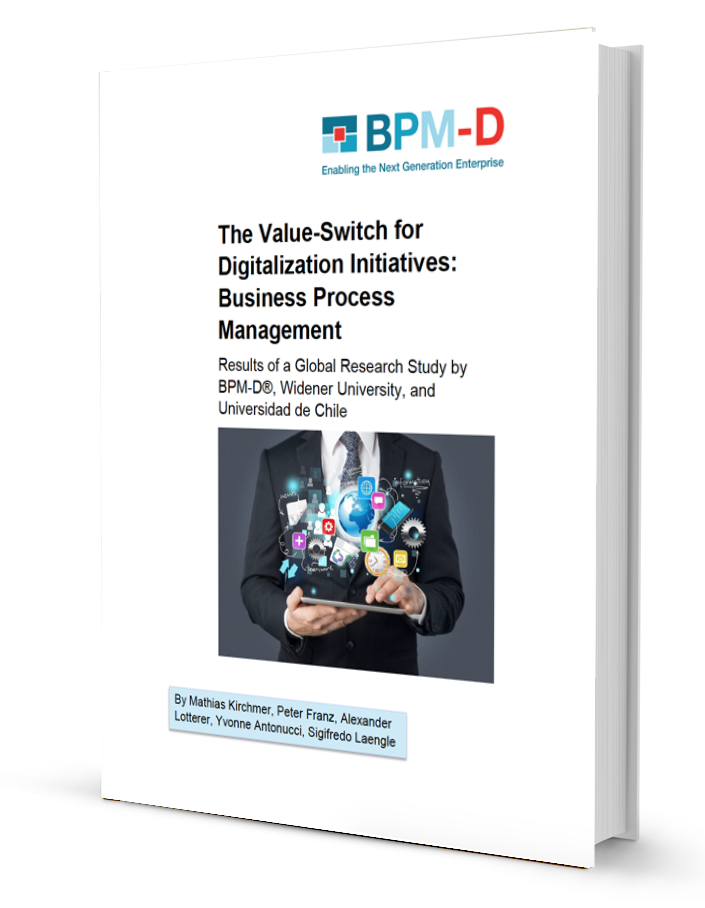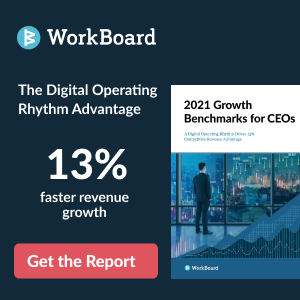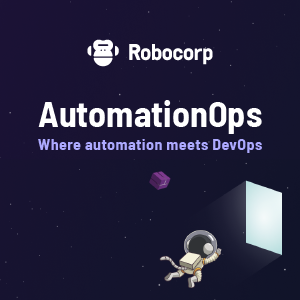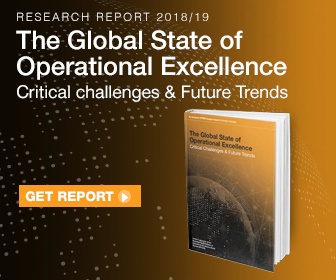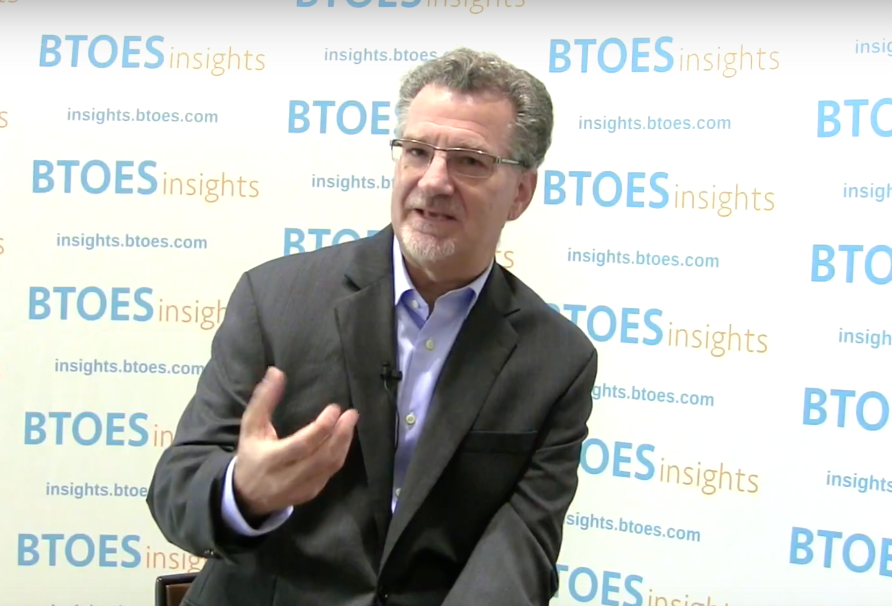
Over the weekend, I happened to catch up with one of my mentees.
I started off asking how things were in his organization and he told me that he is now in the process of preparing for implementing improvements
for his prospective client organization and that is keeping him busy. Then he started talking about his prospective client, how good they were with processes and how structured they were in terms of their systems and procedures.
He was so proud of the client processes to the extent that he told me that their contract is not signed yet, as it undergoes a lot of reviews and multiple levels of approval. I could see his eyes beaming when he said that the client is very rigorous in following their processes and that is why the inking of contract is taking time. He told me that it has been about 3 months since the initial dialogue and he expects the contract to be signed in the next 15 days.
I asked him if improving the contracting process is on his agenda as a part of the engagement that he is with client. He stood perplexed at the question. But my question was very innocuous, as I feel that the purpose of a work process is to be an enabler and serve as a guidance. It should be structured in such a way that work gets done fast.
I am sure some of us would have encountered situations similar to this.
That brings me to a question: “What is the purpose of a work process?” My short answer would be “to serve as a guidance/method to achieve a specific deliverable”
What do we do when we implement a work process that has a lot of checks and balances? In essence such a process is very control oriented. When controls are high, flexibility comes down.
However, it is not without reason that controls are set high. These are set so that there aren’t any untoward transactions that might affect the long term sustainability of the business. But how much control is control?
When we build a process with rigorous multiple steps and with controls, the work process gets elongated and then becomes far removed from an ability to swiftly react to changes in the environment.
What theory would you use to build a work process? Theory “X” or Theory “Y”?
What should we believe in? If processes are very control oriented, then it means that there is an element of trust that is lacking on most of the people in the organization. The question is “Are all the people that you have in an organization not trustworthy”?
Which one of the following statements accurately reflect people in any organization?
- Everyone is not trustworthy and needs close and continuous monitoring
- By and large most of the people are trustworthy, barring a few who could have broken the trust on an occasion or couple, and that too owing to pressing circumstances
I tend to believe in the latter. People are trustworthy and don’t come to the organization in every morning with an objective of sabotaging something. That being the case, why more often we build processes with controls that stymie their ability to perform their roles effectively?
Let me give you a classic example, which in my opinion quite a number of people could have faced at some point in time. The example is that of travel. There is an approval loop for travel. This means that before you undertake a travel, you get an authorization from your reporting manager. After you complete the travel, you also get an approval from your reporting manager for expenses.
In most organisations, when you undertake a travel, there are also level-wise policies on allowable expenses, is it not?
So all that you need is to either get your travel approved or just expenses approved. Let me clarify further. If you already have a travel approval, and your expenses are within the prescribed limits for your level, do you still need a manager approval? Is this not a redundant step in the process? This only adds to the time of the process and there is no significant value addition.
A process should have approval loops only for deviations
Let us take another example of a process. Many companies have a telephone reimbursement policy. I have seen members fill out a form, get authorization from managers and then submit it to accounts payable. For every level, there is already a prescribed limit and if the expenses are within the limit, is a reporting manager approval required? A simpler process would allow for getting approvals on exception. By an exception, I mean an amount that shoots above the approval limits. But more often than not we feel comfortable routing everything through an approval process.
The purpose of a work-process is to have work done faster and not be restrictive.
My advice to my mentee when he left for the day was to critically look at processes, and see how well these act as enablers and how well these are structured so as to be agile in meeting deliverables.
Summary: Build processes with an element of trust built in, build in approval loops only for deviations and not for those which are business as usual, simplify process steps in such a way that the work process is agile.
Visit Prahalad's Profile

Proqis Digital Virtual Conference Series
View our schedule of industry leading free to attend virtual conferences. Each a premier gathering of industry thought leaders and experts sharing key solutions to current challenges.
View Schedule of Events

.png)
-1.png)














































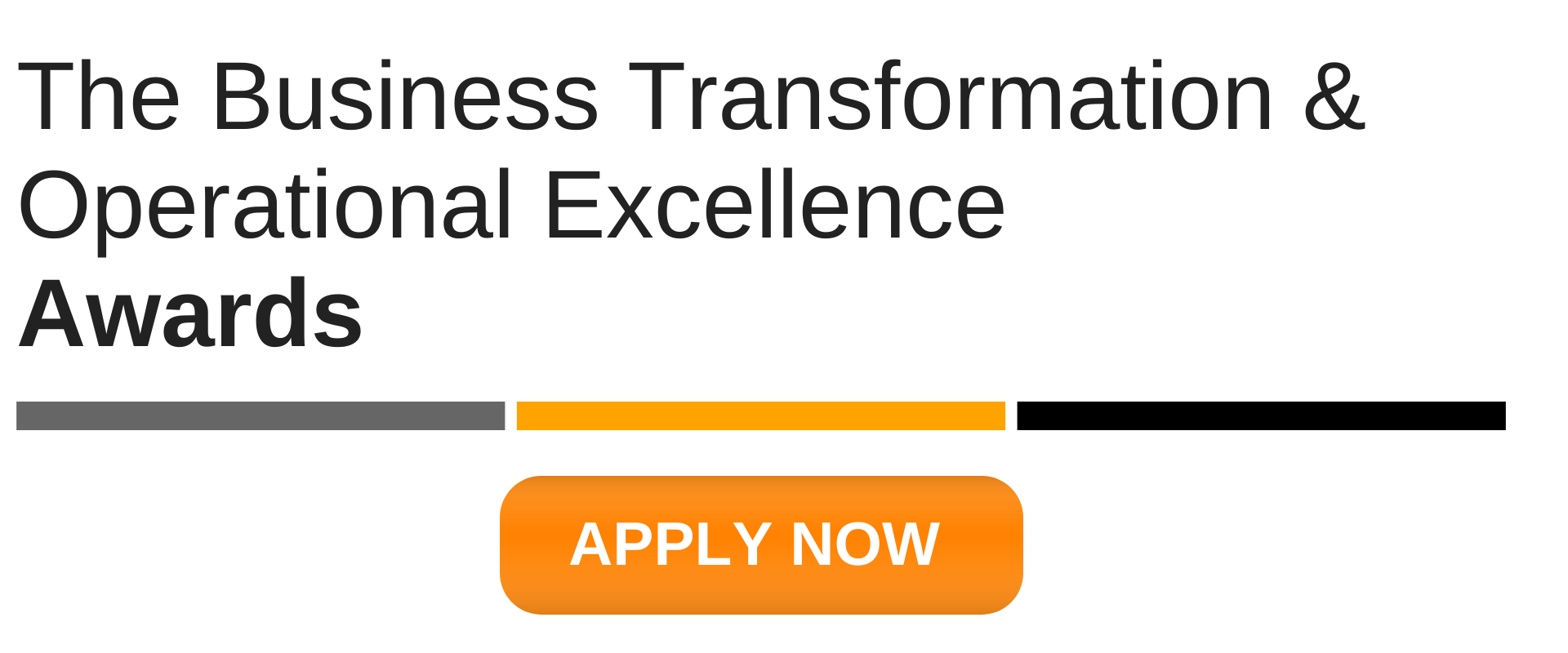

-2.png)
-2.png)
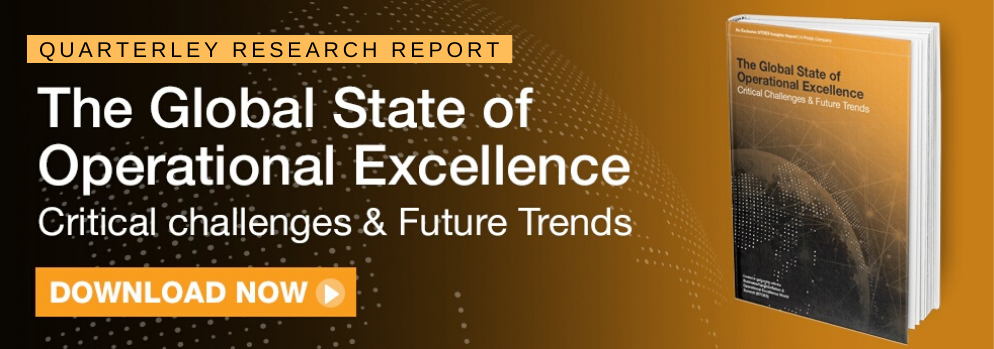

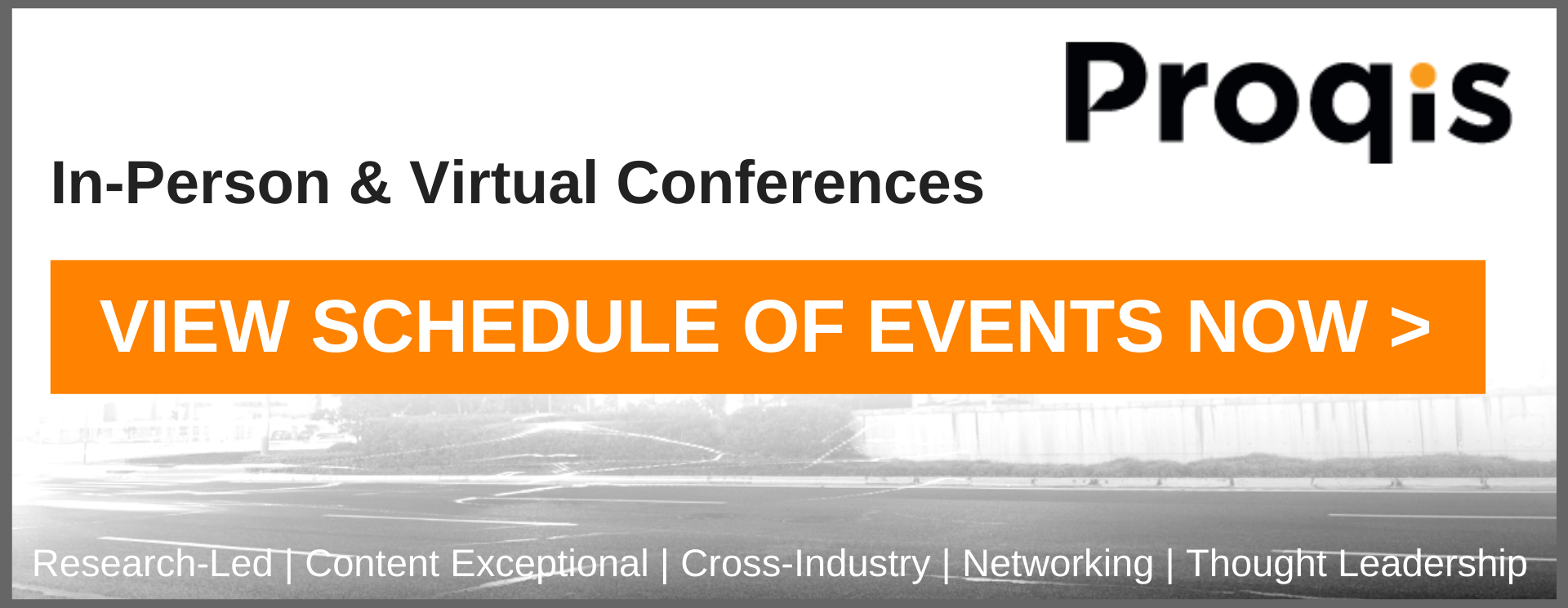


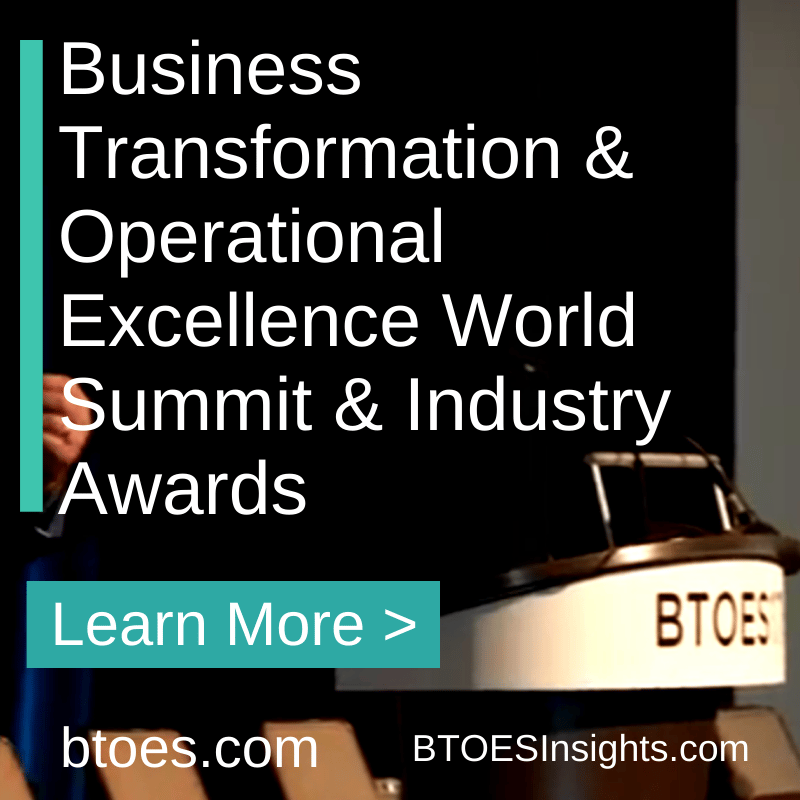
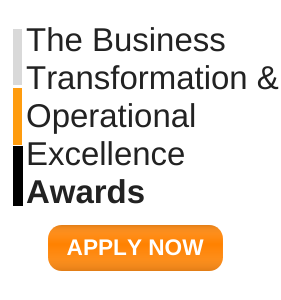
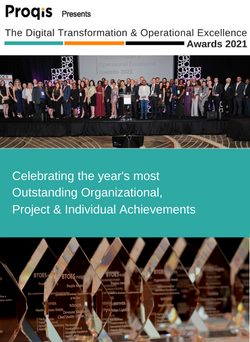
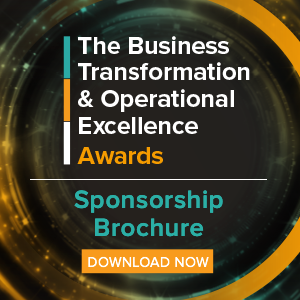

%20(1)%20(1).png?width=1410&name=Add%20a%20heading%20(8)%20(1)%20(1).png)



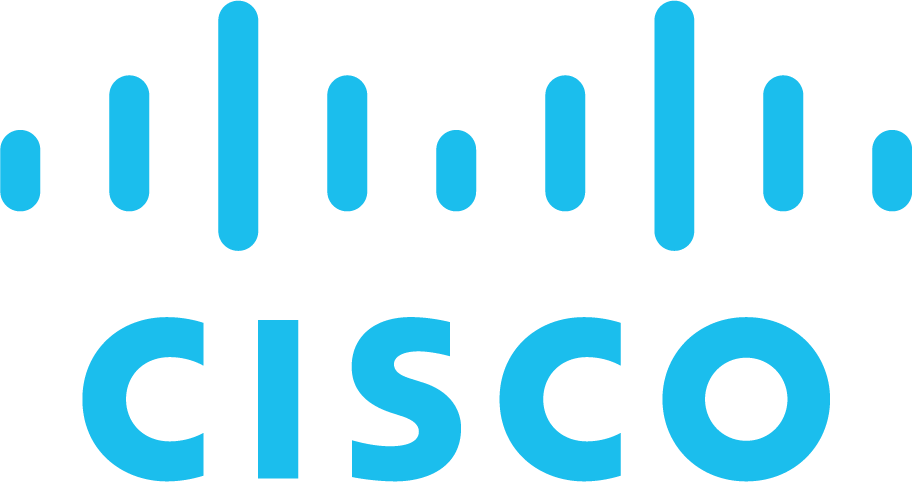

.png?width=300&height=300&name=LINKEDIN%20AWARDS%20GRAPHIC%20(1).png)
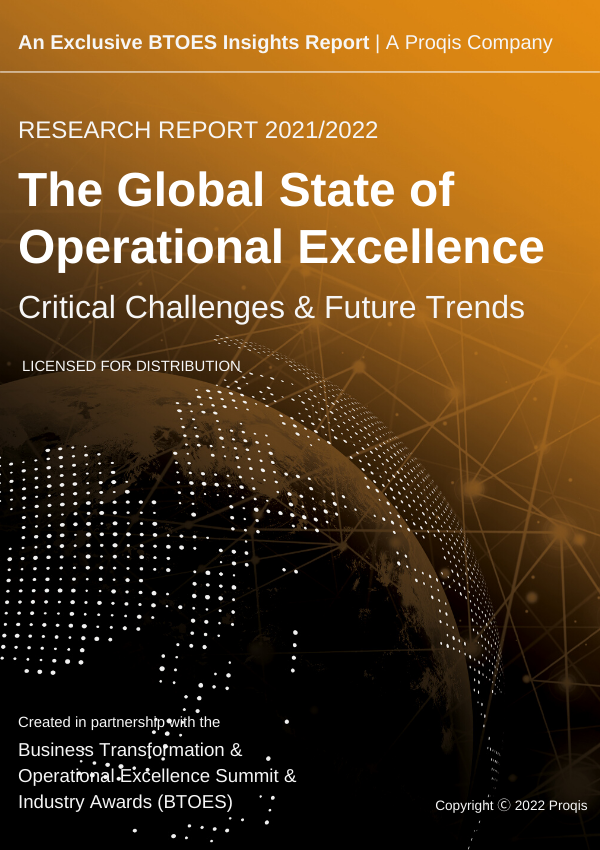
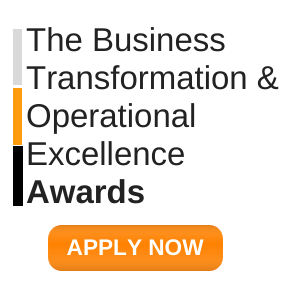
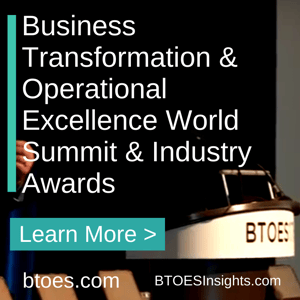

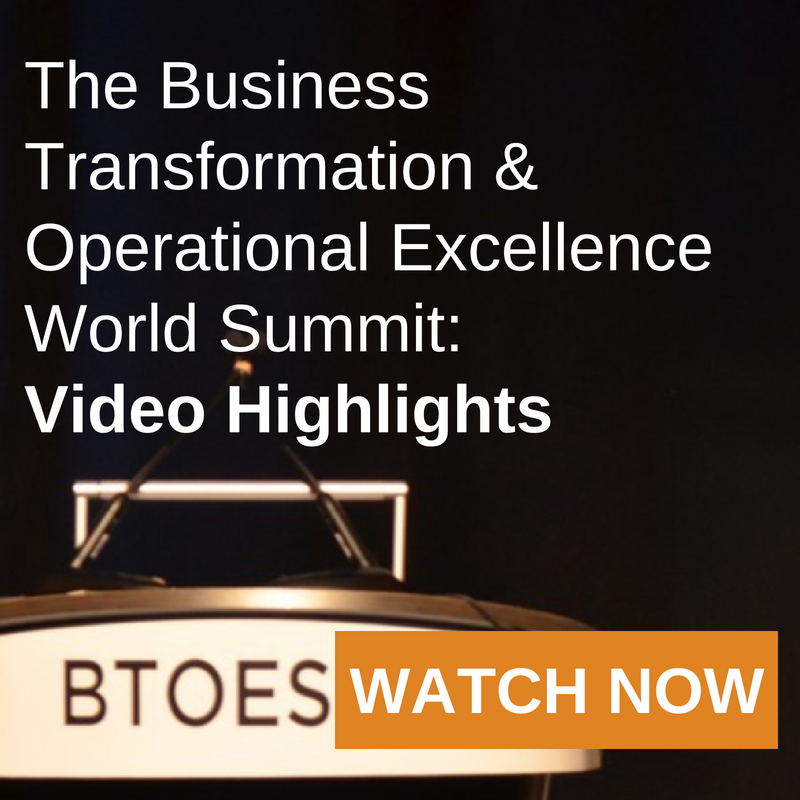


-1.png?width=300&name=ATTENDEE%20-%20Proqis%20Digital%20Event%20Graphics%20(2)-1.png)
-1.png?width=300&name=ATTENDEE%20-%20Proqis%20Digital%20Event%20Graphics%20(1)-1.png)
